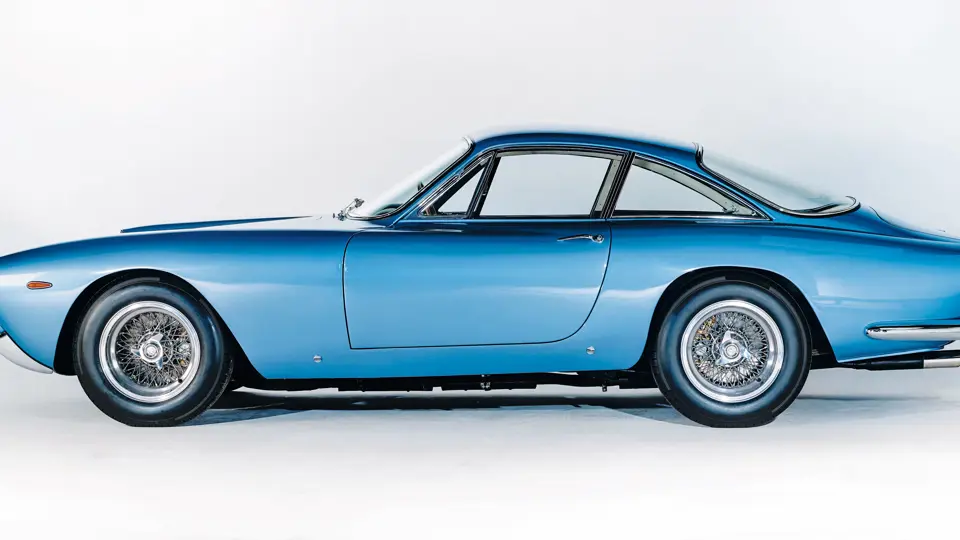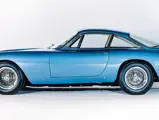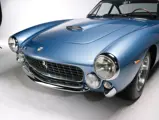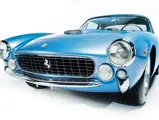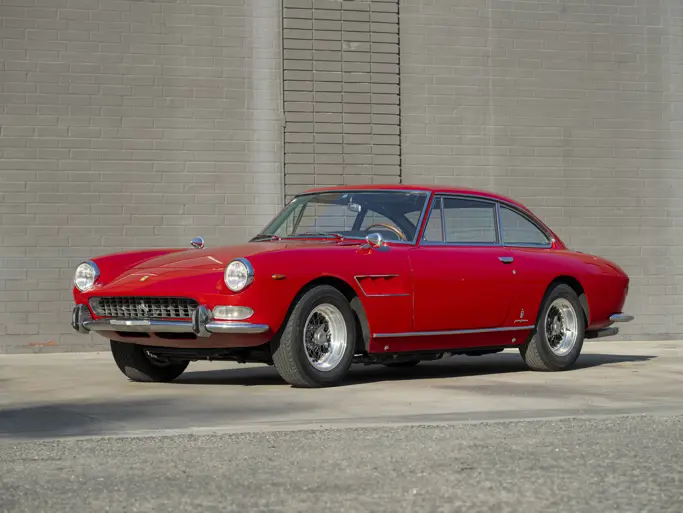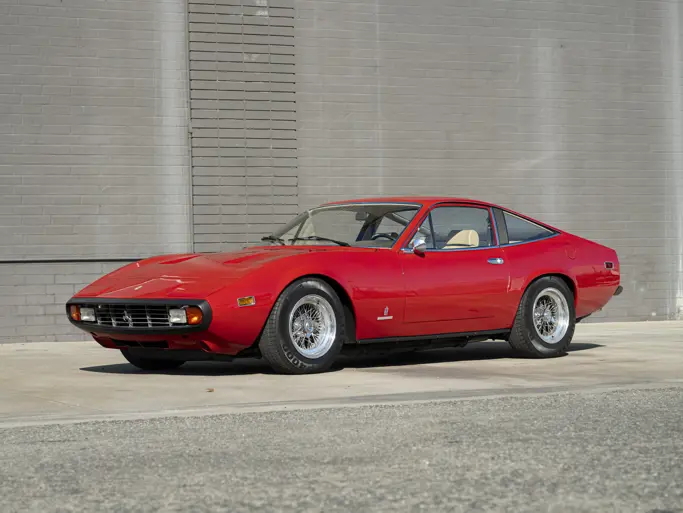250 bhp, 2,953 cc single overhead camshaft V-12 engine, four-speed manual gearbox, independent front suspension with unequal-length A-arms and coil springs, live rear axle with semi-elliptic leaf springs and parallel trailing arms, and four-wheel hydraulic disc brakes. Wheelbase: 2,400 mm (94.5")
• The 347th of only 350 examples produced
• Ferrari Classiche certification
• Fully restored in Italy in 2010
• Maranello’s most elegant 1960s grand tourer
Rightly regarded as one of the most beautiful GT cars ever created, the 250 GT/L was the final iteration of Ferrari’s celebrated 250 series. Popularly known as the Lusso (Italian for “luxury”), the new car débuted at the 1962 Paris Motor Show and drew instant acclaim for its curvaceous and perfectly proportioned Pininfarina design, which was hand built at Sergio Scaglietti’s workshop in Modena. Though it was conceived and marketed as a luxurious grand touring evolution of the renowned 250 short wheelbase berlinetta, the new model combined chassis elements of the celebrated race car with greater creature comforts, whilst retaining characteristic Ferrari performance. The elegant interior featured true bucket seats with leather upholstery and a unique instrument panel centred by two large dials for the rev counter and speedometer, which were angled towards the driver for optimal functionality. Only 350 examples of the Lusso were built over the model’s short two-year production run, and it remains one of the most admired and desirable Ferraris of all time.
This exceptional Lusso has the distinction of being the fourth to last car built, and therefore, is one of the very last of the legendary 250 series Ferraris, essentially marking the end of a golden era of Ferrari production, which included the iconic 250 GTO. As clarified by the research of marque historian Marcel Massini, this car was initially sold on 28 July 1964 to Francesco Di Benedetto, a Sicilian residing in Caltanissetta, Italy. Records reflect that Mr Di Benedetto returned the Lusso to the Ferrari Factory Assistenza Clienti in Modena twice over the next two years, dutifully servicing his cherished car.
This 250 GT/L was passed to at least one more Italian owner before being purchased in the 1970s by Reinhard Sammüller of Munich, Germany. By 1979, the 5947 GT had been acquired by Peter Groh of Stuttgart, who in June 1980 exhibited the car at the Auto Becker Ferrari meet at the Nürburgring. After trading hands in Germany once more, the car was sold to Jurgen Persch, the owner of the Kümmerling Schnapps Distillery in Bodenheim, Germany. In 1989, 5947 GT found a more permanent home when Mr Persch sold the handsome Ferrari to Peter Kaus, owner of the famed Rosso Bianco Collection. Within the climate controlled storage of the impressive collection, which once boasted Germany’s greatest assemblage of Italian sports and racing cars, the Lusso enjoyed 17 years of meticulous care and sparing use.
Subsequent owners included Dr Colin Kolles, a Romanian residing in Ingolstadt, Germany, from whom it was purchased by its most recent registered owner in 2010 and treated to a full rotisserie restoration in Italy. Ferrari expert Toni Franco’s well known Autofficina in Maranello was retained to conduct a thorough mechanical rebuild, whilst Tappezzeria Luppi of Modena installed a brand new interior of proper black leather.
The restoration also included a high quality bare-metal repaint in the car’s original colour of Azzurro Metallizzato (blue metallic). In this beautifully restored state, a condition highlighted by the presence of the original matching numbers engine and the striking original colour scheme, 5947 GT was issued a Ferrari Classiche certification on 28 June 2011.
Presenting with distinctive panache, this superbly restored 250 GT/L is a mechanically fresh and cosmetically arresting example that wears one of Pininfarina’s most revered designs of all time. Still every bit as sportingly elegant as at the time of its Paris début in 1962, this exquisite Lusso bears stunning testimony to one of the greatest GT cars ever devised and will surely draw the interest of the most discerning collectors and tifosi worldwide.
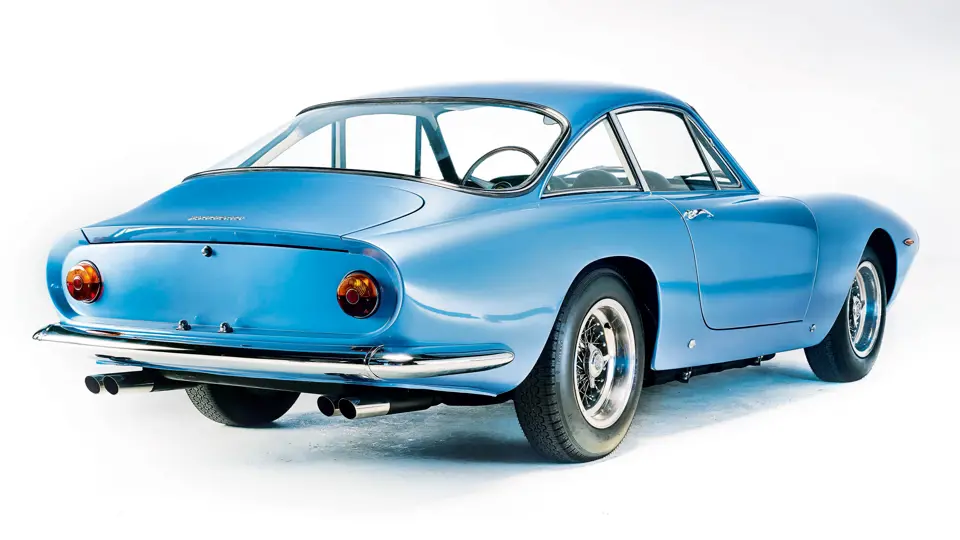

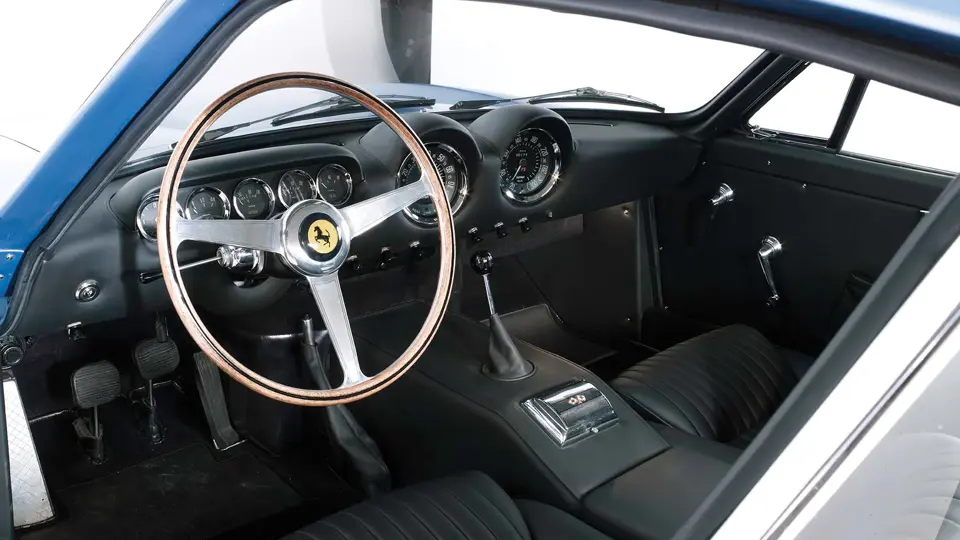

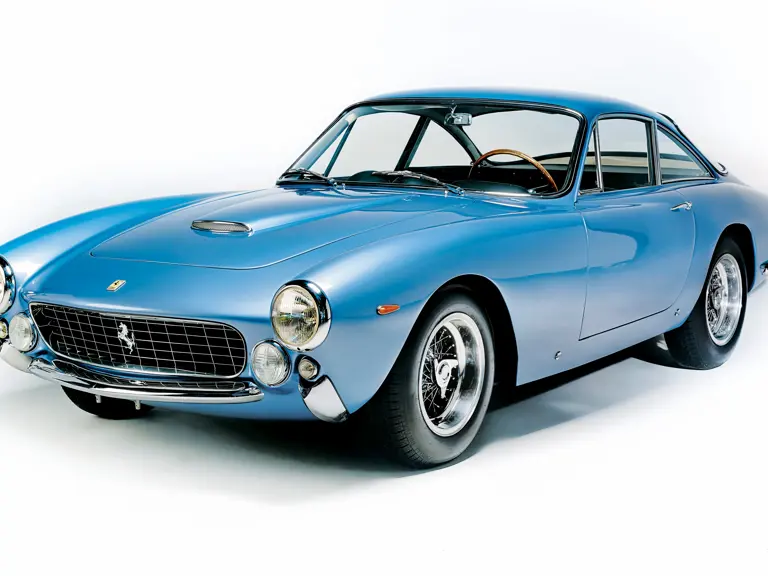
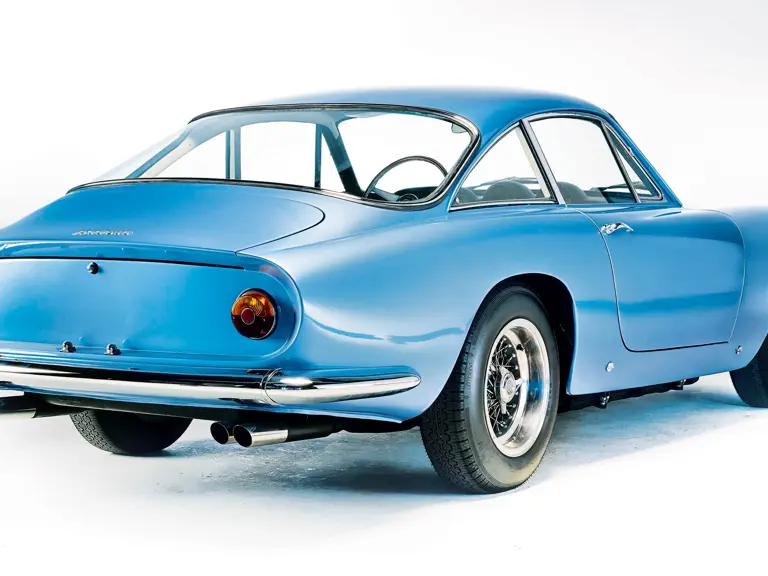
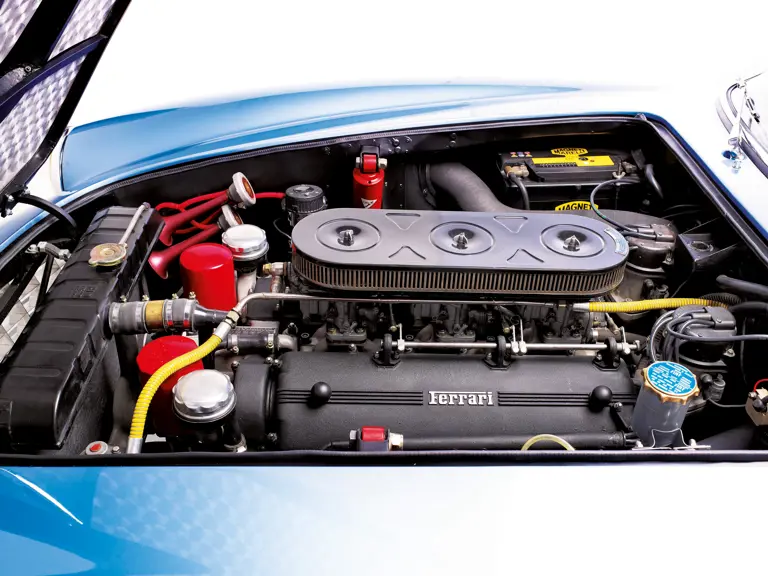
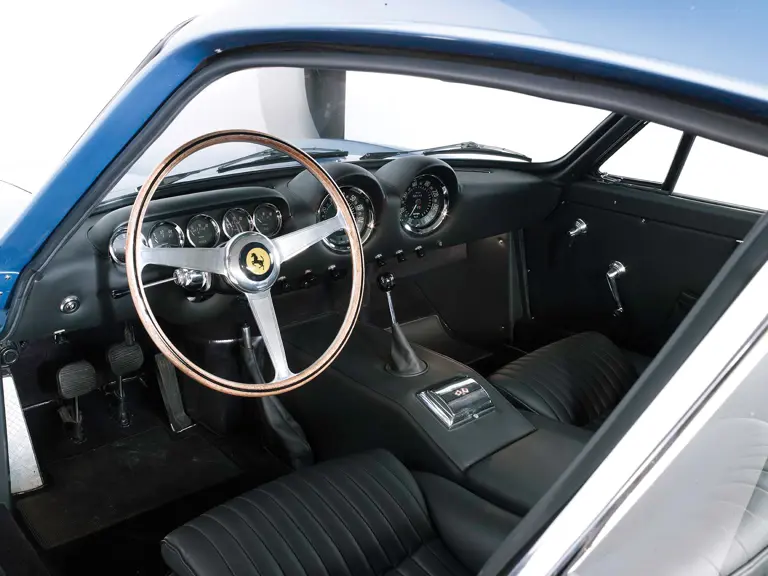
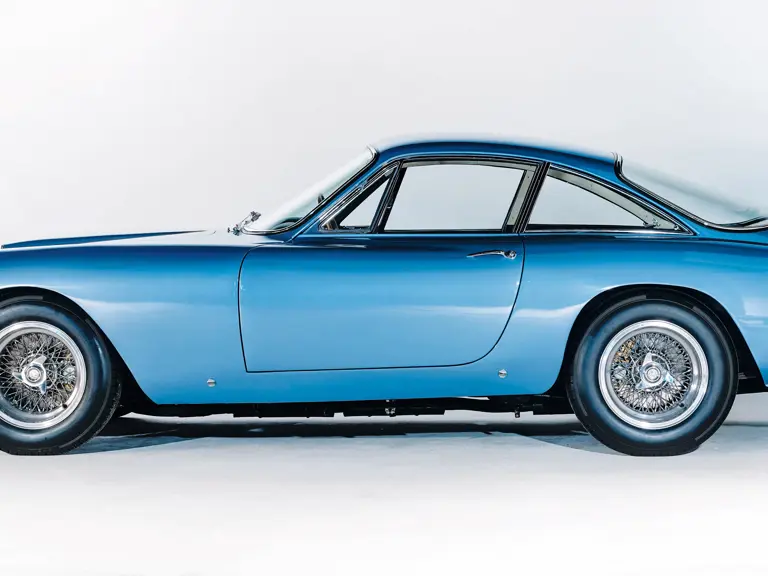


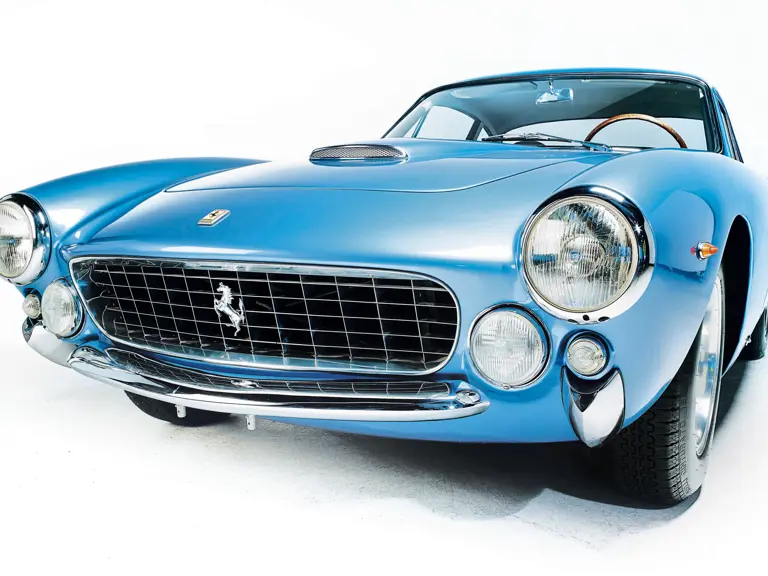
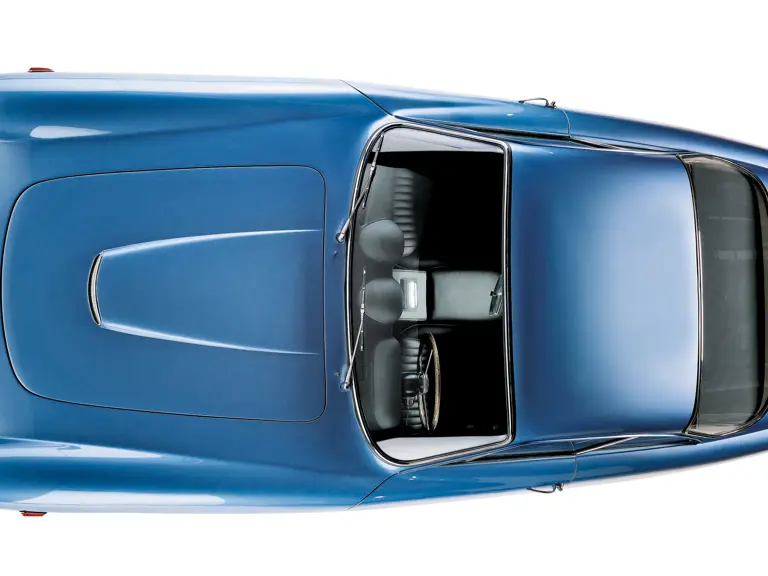
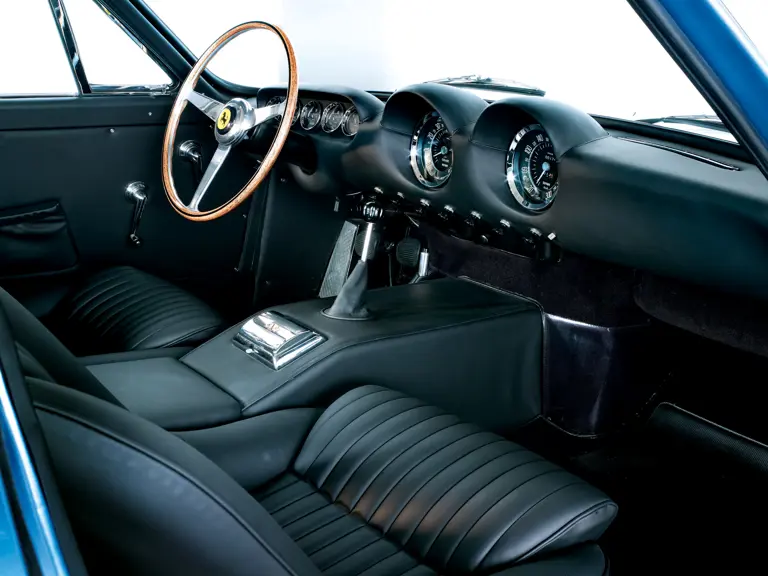
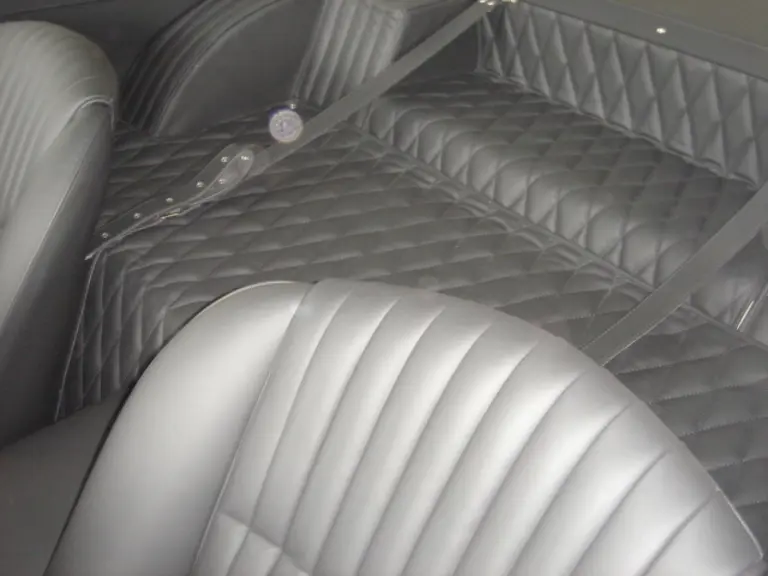
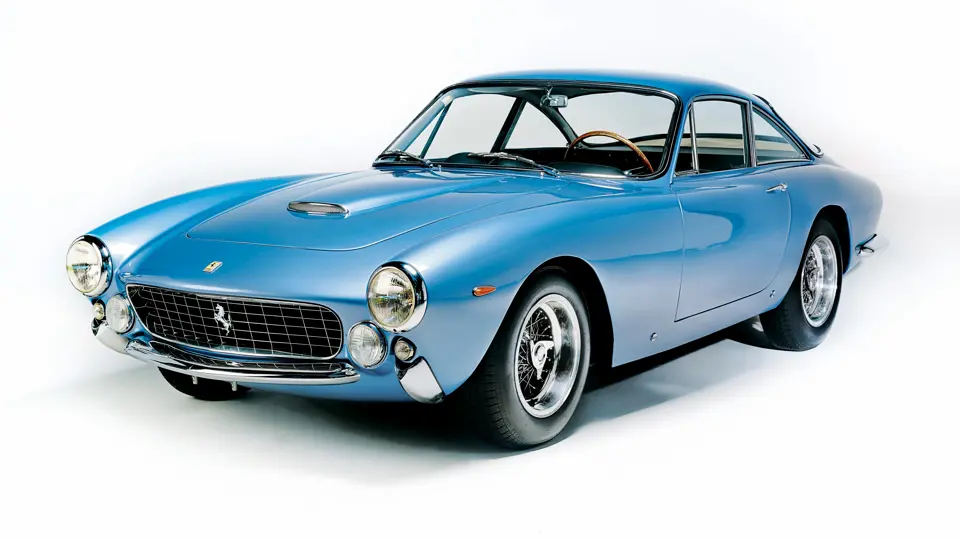
 | Monaco, Monaco
| Monaco, Monaco
